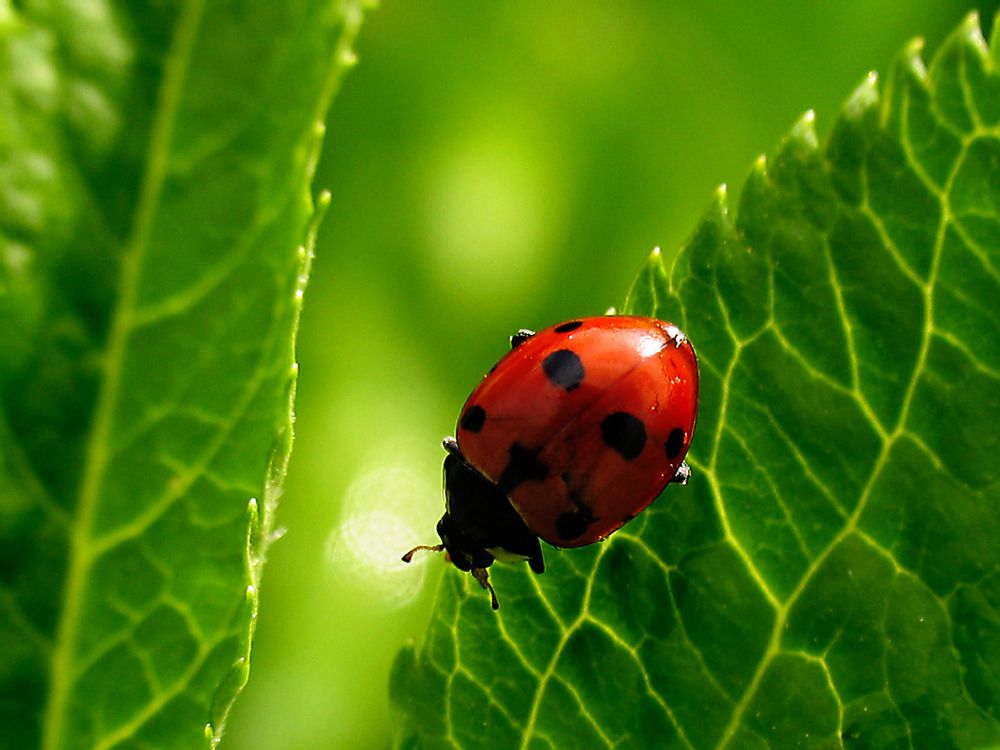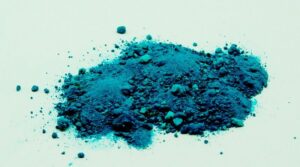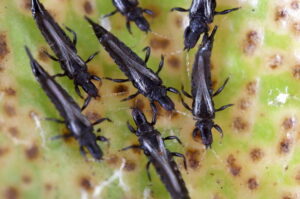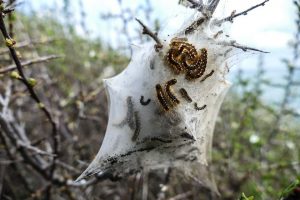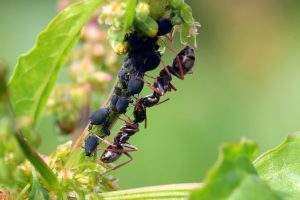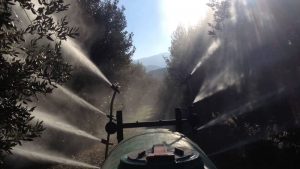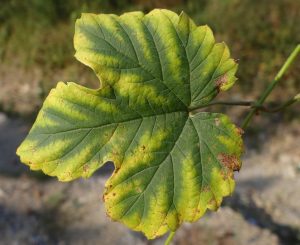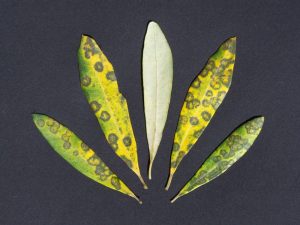
The nightshade infects our vegetables, tomatoes, peppers, eggplants, cucumbers, zucchini, melons, watermelons, as well as beans. Also, the nightshade infects cotton, vine, citrus and other fruit trees. Finally, many ornamental plants such as roses show significant infestations by the nightshade. The problem with blackleg is that it spreads very quickly and if not controlled in time can cause great damage to all the plants in your garden or crops, in a very short time.
Description
The common night owl (Tetranychus urticae) belongs to the family "Acari" (Acari: Tetranychidae) and infects the leaves of plants.
The quails are very small (0.4 - 0.6 mm long), yellow, green or reddish, oval in shape. They are so small that they fit in the slightest crevice. They move mainly with the bees, but also by ourselves. They have three (larvae) or four pairs of orange legs and six rows of whips on their backs. Their eggs are very small, spherical, straw-colored and shiny. Both perfect and imperfect individuals have sucking mouth parts. They overwinter in the soil, in the bark of plants, but also wherever they are found. As soon as their temperature reaches 25º, their eggs hatch in 3 days and mature sexually in just five. A female lays up to 20 eggs a day and can live up to a month, in which case the insects have become infinite and devour our plants. This acceleration of their reproduction rate allows them to adapt quickly and get used to pesticides over time, as many of them escape by taking less than the required dose.
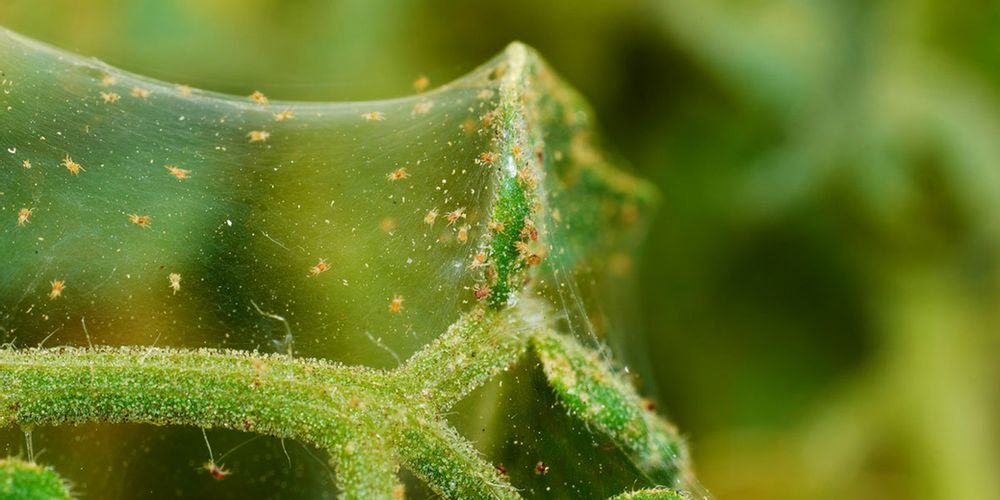
Symptoms of blackhead infestation
The most important thing to deal with the problem is early diagnosis. As with most pests they are found on the underside of leaves. If we observe the leaves carefully, we will see small yellow spots that are the result of the sucking of the insects from their underside. To make sure, we can put a white paper under the sheets and tap them with our finger to drop some on the paper. Then it is easier to see them. In this first stage our operation can be effective. In the next, the leaves begin to be covered by their tissue and their ability to photosynthesize decreases dramatically, while insecticides are no longer effective, as it is difficult to reach the insects. . In a very strong infestation of blackleg, the leaves of the plants are rolled, dried and the plant is gradually left bare, without leaves.
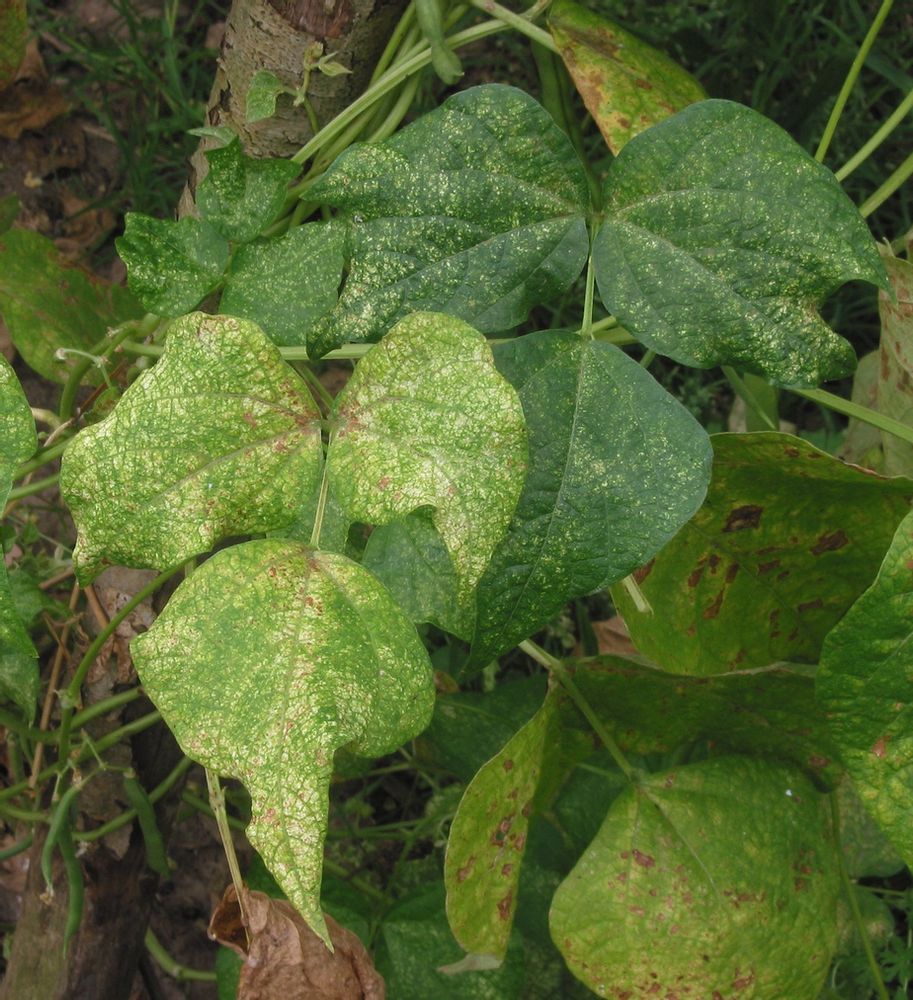
Conditions for limiting blackleg
- Nitrogen fertilization encourages mites and the presence of nitrogen in the leaves, increases the reproduction rates of blackfoot, so the use of nitrogen fertilizers should be done with caution.
- The lower temperatures and the humid environment are known to slow down their metabolism and their rate of reproduction, so we wash the plants with water from the underside of the leaves, using a thin beam sprayer. Doing so will greatly reduce the likelihood of a serious problem. It is important to wash in the afternoon, when the temperature is still high. The reason is that we want the water to evaporate and the water vapor to be trapped at the bottom of the leaves. This process must be done before they form tissues, because then it is much more difficult to clean the plants with water. But water is known to be one of the ways fungi spread, so to use it we must be sure that they do not have it or that the direction of the water is to the side where there are no other plants.
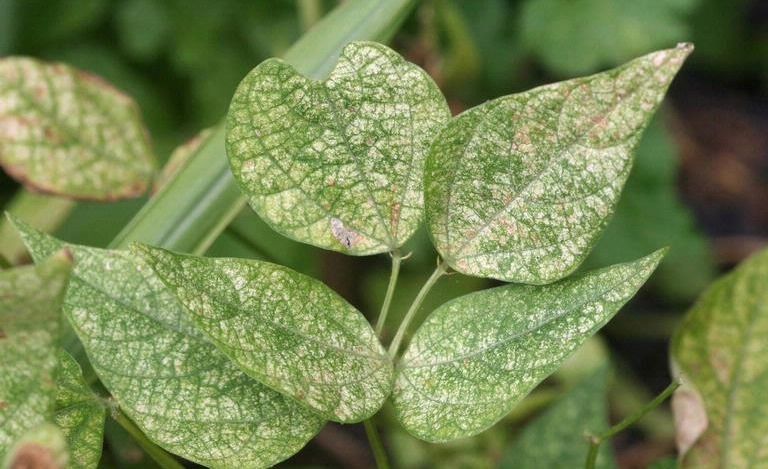
Blackhead treatment
Chemical control
In chemical control, acaricides are used, ie insecticides suitable for mites. Each acaricide can affect specific crops. But this fight is quite costly. This is mainly because the nightshade develops insecticide resistance in a relatively short period of time and this in turn ceases to be effective. Over time, the repeated uses of acaricides required to control it lead to the increasing durability of the nightshade. In addition, they destroy beneficial insects that could, on their own, in a satisfactory population, lead to the biological control of blackflies. However, if we follow this method, it must be repeated at least 3 times with an interval of 5-6 days.
Biological control
Another way to treat them is soap. Put 2 tablespoons of dish soap, an alcohol and carefully spray from the underside of the leaves. Repeat three times every 5-6 days. Oxygen works extremely well. Wash the plants well with 1% hydrogen peroxide and repeat. The good thing about this is that it also kills fungi.
Natural enemies of the nightingaleThe night owl has many enemies and the most important are the pony, the wasp, the ladybug and a mite called Persimilis Phytoseiulus. This is the most effective and if we introduce it in our crop in time, it will protect it effectively. It eats 5 adults or 20 eggs a day and when the blackbirds are finished, they eat each other.
